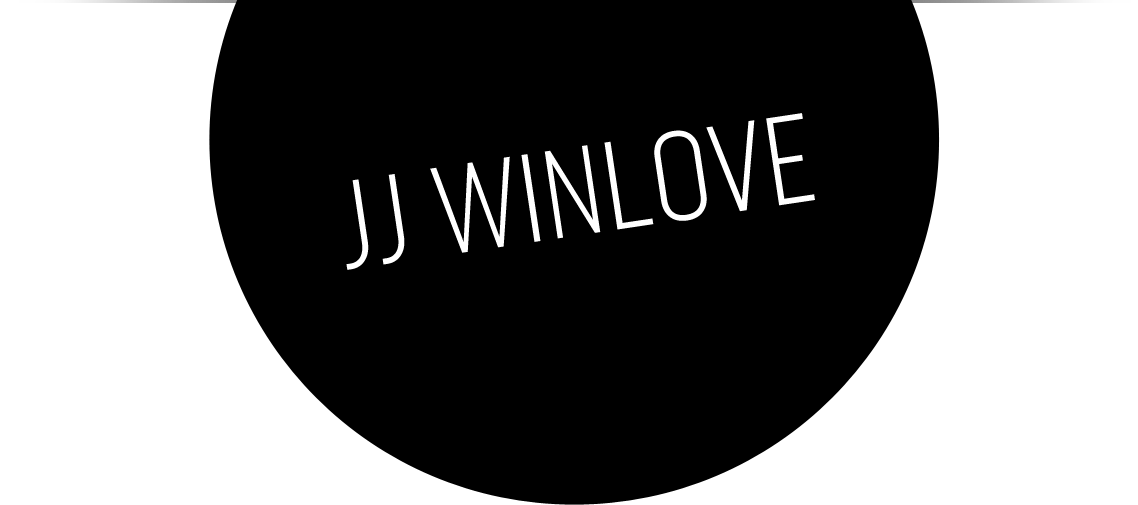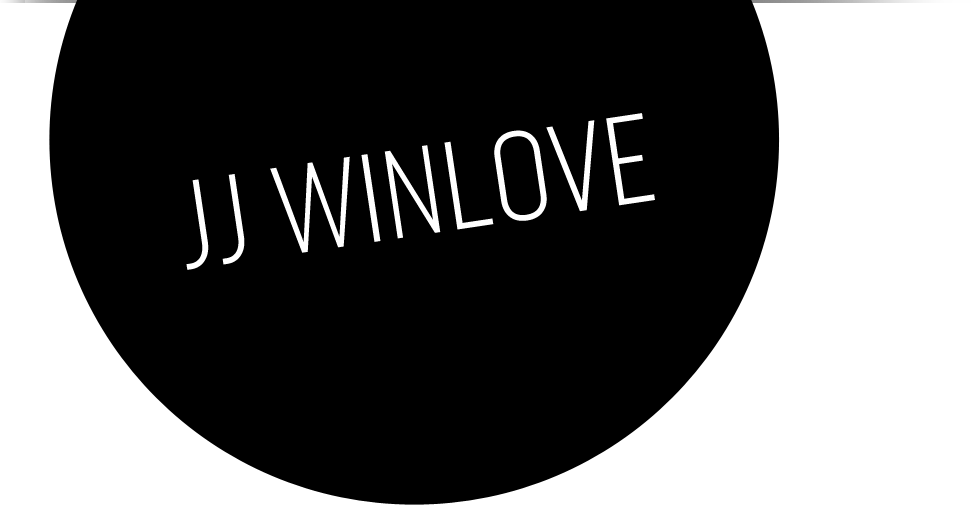My story
If you’re interested, here’s a bit of a blow by blow account of how I got to make my first feature film.
Around fifteen years ago, I was working as an art director in the ad business. I still do, from time to time. Film-making was something I had wanted to do for many years, but I was daunted by the prospect of even beginning. There’s so much to it, where do you even start?
Luckily, my years studying photography and my experience in advertising had taught me much about storytelling and image making. It had also introduced me to loads of people in the film production game. So, when a friend told me about a competition to make a one minute short film on a mobile phone, I jumped at the chance. This was the perfect opportunity to dip a toe in the water.
The competition was part of the Sydney Film Festival and was sponsored by Telstra (an Australian telco) to highlight the fact that mobile phones were now capable of shooting video. Just.
I borrowed a phone and spent the day making my one minute film. I sent it in, and a few days later I was asked to show up for the closing night of the Festival. As it turned out, I had won the competition. The film was played to a full house at Sydney’s State Theatre and I was ferried off to the Festival afterparty, where loads of film people came up to congratulate me. I thought, if this is film-making, I’m in!
WATCH THE FALLING, MY VERY FIRST ‘AWARD-WINNING’ SHORT FILM
As fate would have it, I haven’t had anything close to that kind of success since. But it gave me the confidence to believe that I could do it.
I chose my next project carefully. I was still new to this so I decided to work on a project I could do at my own pace. A project where I wasn’t reliant on anyone else. Something on a very small scale. So small, in fact, that it could fit on a bar of soap. The short I made was COMING CLEAN, an animation that took me two years to complete. I have since decided not to make any more animations.
WATCH COMING CLEAN
After a bit of festival success with COMING CLEAN here and there, I decided to embark on something a little more serious —— a live action short with real cameras and real actors and real crew. It became THE MIND JOB and this one took me even longer —— two and half years, in fact. It was an epic undertaking for my skill level at the time. And it very nearly didn’t see the light of day, when, having wrapped the shoot, we discovered there were corrupt frames throughout all of the footage. It was really bad luck, because it looked fine to our data wrangler on set, but once we took the files to the post house, they spotted the problem straight away. I’ll always remember that phone call when they called to tell me. How we eventually managed to salvage the footage and finish the film is a story in itself, but the good news is, we did.
WATCH THE MIND JOB
THE MIND JOB enjoyed a degree of success on the festival circuit, but once I tried putting the film online, that’s when things changed for me. The film was picked up by shortoftheweek.com and quickly became a Vimeo staff pick. I felt like I was finally getting some traction, something that didn’t seem to be happening through the traditional festival model.
Halfway through the process of making THE MIND JOB, I flew back to my homeland of New Zealand to compete in a 48 hour film competition with my three brothers. It was a crazy two days and before I knew it I was back in Sydney with bloodshot eyes and a short film (THE POOL) in my hand. As it turns out, The Pool did very well, getting placed third and being hand-picked by Sir Peter Jackson for his wild-card award.
It’s not a perfect film by any stretch, but considering we made it in 48 hours, I’m really proud of it. And it got me thinking. One film took me two years, the other, two days. And, in terms of quality, they’re not worlds apart. Do I really want to spend years making short films?
WATCH THE POOL
So, when it came to deciding what to do after finishing THE MIND JOB, it gave me an idea. I wasn’t about to spend another two years making another short film. And yet I didn’t feel ready trying to make a feature film. There was still so much I had to learn and I knew that if I made a feature right now, I’d feel so nervous and out of my depth that I wouldn’t take risks or try things I’d never done before.
And I kept thinking about this 48-hour film I made.
That’s when I came up with an idea. I was going to make a bunch of short films in a short space of time. I was going to set myself limits. I was going to try different things. I was going to do it with different people. I was going to fail. And I was going to learn from those failures. My plan: I was going to try to make twelve short films in twelve months.
And that’s what I did.
It was quite a year, as I’m sure you can imagine. I honestly think it nearly killed me. I lost a lot of weight. I hardly slept. But I did it. And, as I hoped, I learned huge amounts about the craft of film-making.
The first thing I did when I decided to do this was to call up the Chauvel Cinema, where I’d screened my previous shorts and I booked their main cinema for the night in exactly one year’s time. Then, I started telling everyone what I was going to try to do, because for me, nothing motivates me more than the risk of a public failure.
An interesting thing happened about a third of the way into the twelve months. As I mentioned before, I expected to have some failures, I knew that many of the films wouldn’t work, but I hoped that at least two or three of them would. By the time I finished the fifth film I realised that I was happy with all five of the ones I’d made. I thought, what if I could make all twelve of them to the same standard? So, from then on, I doubled down and tried to make each of them worthy of the last. Are they all amazing? No, of course not, but I’m very happy with every one of them. And that’s all that matters, right?
Thanks to the exposure 12:12 received, I managed to secure representation in the US. And with those twelve films firmly under my belt, I finally felt ready to take on the colossal task of making a feature film. With the help of my new manager, Scott Carr, I wrote the script for JUNE AGAIN. I had the initial idea in January 2017. Six months later, I had a draft that was ready to go out into the world.
Despite the fact Scott was in the US, we knew we wanted to try and make the film in Australia or New Zealand. The first version of the script was actually set in my hometown of Wellington. Eventually, my rep got the script into the hands of Jamie Hilton at See Pictures, an Australian producer visiting LA. Jamie loved the script and when he returned to Sydney, we met up for breakfast. Before long we’d agreed to try and get the thing made.
I won’t go into too much detail here, but I went through several drafts with Jamie and Michael Pontin at See Pictures until we were all happy it was ready to shoot. I can’t emphasise enough the importance of this. The script is everything. If that isn’t right, the film will never be right, no matter how money you have to throw at it.
We began casting and pre-production in late 2018. With the help of our amazing casting director, Kirsty McGregor, we were able to build a fantastic cast. I still can’t believe the calibre of actors who signed up for the film. The three leads, Noni Hazlehurst, Claudia Karvan and Stephen Curry were all brilliant, in every way. I couldn’t have hoped for a better cast for my first film.
The shoot commenced in early 2019 and lasted twenty days. Post-production was completed by the end of that year. By then, I had learned truckloads about the the feature film industry. There’s so much I had to pick up that doesn’t apply to short film making —— it was a much steeper learning curve than I was expecting. Though, I suppose it made getting to the top of it all the sweeter!
In June 2020, we were all set to premiere JUNE AGAIN at the Sydney Film Festival. But if you google Sydney Film Festival 2020, you won’t get many hits. Covid took care of that. And so, like the rest of the world, we were in limbo for a year. The good news was, we’d already secured a distributor by this stage. Studio Canal became involved fairly early in the process. They had loved the script and once we showed them an early cut of the film they jumped on board officially.
WATCH THE JUNE AGAIN TRAILER
Eventually, Studio Canal settled on a May 2021 release. May 6, to be exact. Mother’s Day. It opened on around 300 screens across Australia and more across New Zealand. It was nominated for four AACTA Awards (the Australian equivalent of the Oscars): Best Original Screenplay, Best Actress for Noni Hazlehurst, Best Supporting Actress for Claudia Karvan, and Best Score for Christopher Gordon’s beautiful music – which we won! I was also thrilled to receive a nomination for Best First Feature in the Australian Director’s Guild Awards.
The film enjoyed a four week run in cinemas, only ending thanks to Australia’s second Covid lock-down. It garnered consistently positive reviews, earning a 100% score on Rotten Tomatoes and making number six on The Guardian’s 10 Best Australian Films of 2021. Not bad for a low budget indie film!
Since then, JUNE AGAIN has enjoyed excellent exposure on Netflix in Australia, reaching the number one position for Australian films for several weeks. The film has gone on to play in cinemas and on streaming platforms around the world, including the US, where it was picked up by Samuel Goldwyn Films. It’s now available for streaming there on both Prime and Peacock. I still receive random messages from people in all corners of the globe thanking me for the film. It always makes my day.







